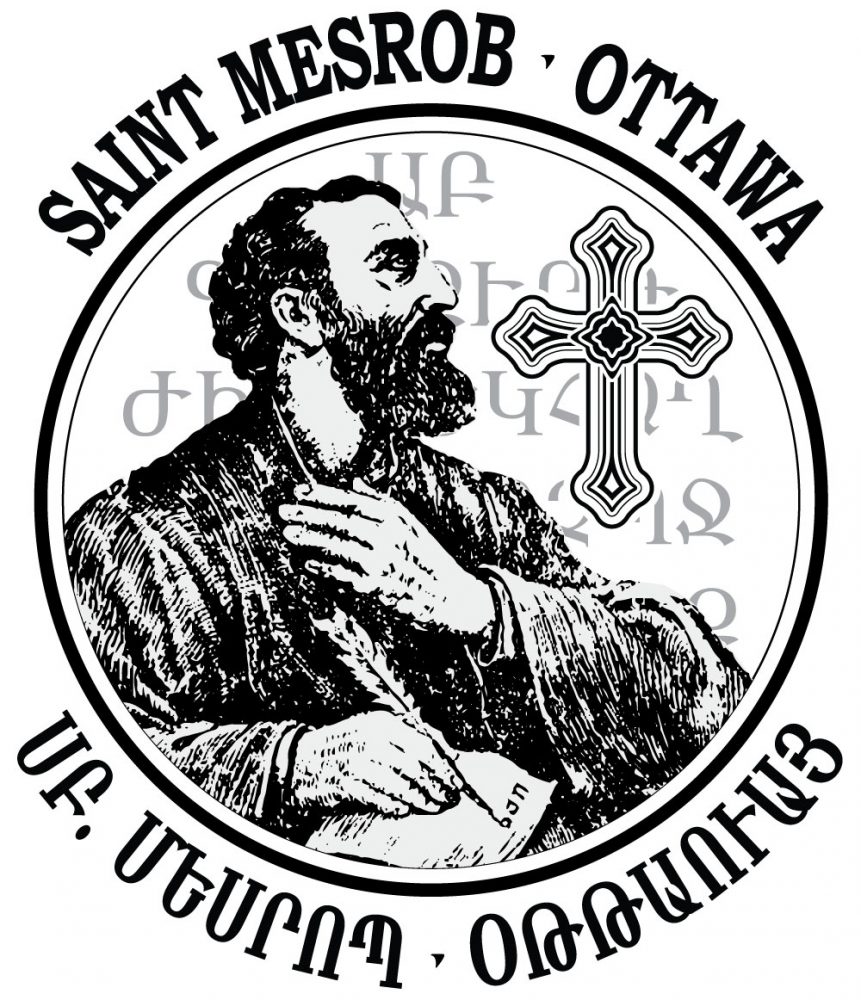ABOUT THE ARMENIAN HOLY APOSTOLIC CHURCH
Christianity was first preached in Armenia by Saints Thaddeus and Bartholomew, two of the Twelve Apostles who founded the first churches in Armenia, approximately thirty years after the death and resurrection of our Lord Jesus Christ. This direct link with the two Apostles, the “First Illuminators”, has led to the Armenian Church’s present appellation as an “Apostolic” Church.
In 301 A.D., St. Gregory the Illuminator formally established the Church in Armenia, when King Tiridates III was baptized and declared Christianity as the State religion. St. Gregory was named the first Catholicos (or Supreme Patriarch) of the Armenian Church. The present incumbent, the 132nd Catholicos of All Armenians, H.H. Karekin II was enthroned in November 1999. He leads the Armenian Church from the Holy See of Etchmiadzin in the Republic of Armenia.
In 451 A.D., bishops from across the Christian world met in Chalcedon (a town southeast of present-day Istanbul) to discuss issues related to the nature of Christ. Those who attributed one Nature to Jesus Christ (both human and divine) included the See of Alexandria (known today as the Coptic Church). Those who attributed two natures in the same person (one fully human, separate from the second, which remained fully divine) ultimately won the day.
Armenian delegates were unable to attend the Council of Chalcedon due to the Battle of Avarair, where St. Vartan and his companions were slain in martyrdom and the ongoing war against the Persians. Bishops from Armenia, Georgia and Caspio-Albania met in synod in the town of Douine in 506 A.D., under the leadership of Babken Catholicos, and rejected the conclusions of the Council of Chalcedon. The controversy led to the first schism of the Universal Church. The “non-Chalcedonian” or Oriental Orthodox Churches (who rejected the two natures, two wills and two energies “Chalcedonian” formula) still in existence today are the Armenian, Coptic, Ethiopian, Indian Malabar and Syrian Jacobite Churches.
During the many centuries when Armenia was under Arab, Persian, and later, divided under Russian and Ottoman Turkish rule, the Church was the only existing institution protecting Armenian culture and national identity. Of all nations continuously subjected to Islamic rule throughout the Near and Middle-East, Armenia is the only one who retained its Christian beliefs. The Church kept the Armenian nation united in its faith in Christ.
In the period 1915-1923, the Armenian nation and its national Church were almost destroyed, with almost 90% of clergy and Church leaders exterminated by the Ottoman Turks in the Armenian Genocide in Western Armenia and Cilicia, or by the Soviets in the aftermath of the Soviet occupation of Eastern Armenia. As a consequence, the Church was forced to rebuild under very difficult circumstances: in an impoverished Diaspora spread out in four corners of the world, and in the hostile environment under atheistic Soviet rule in Eastern Armenia.
Today, the Church faces new challenges. The liberation and independence of Armenia is a miracle. The people of Armenia, subjected to decades of forced atheism thirst for spiritual guidance. In the scattered Diaspora, besides providing spiritual leadership, the Church has become the guardian of the Armenian language and culture, in order to stem the rapid flow towards assimilation, devastating our communities.
There are four hierarchical Sees in the Armenian Church:
1. the Mother See, as the Catholicosate of Etchmiadzin is known, has jurisdiction over all the Armenian communities of the world except those under the jurisdiction of the hierarchical Sees of Cilicia, Jerusalem, and Constantinople. The Catholicosate of All Armenians jurisdiction spreads in Armenia, Russia, Eastern Europe, Western Europe, Egypt, Iraq, Iran, Asia, Australia, South and North America;
2. the Catholicosate of Cilicia was located in Southern Turkey for centuries; it was relocated in Antelias (Lebanon) following the Armenian Genocide (1915-23); it now has jurisdiction over communities in Lebanon, Syria and Cyprus;
3. the Patriarchate of Jerusalem has jurisdiction over Armenian communities in Israel, Palestine and Jordan and is a guardian of many of the Christian Holy places in Jerusalem and Bethlehem;
4. the Patriarchate of Constantinople has jurisdiction over Armenian communities in Turkey.
